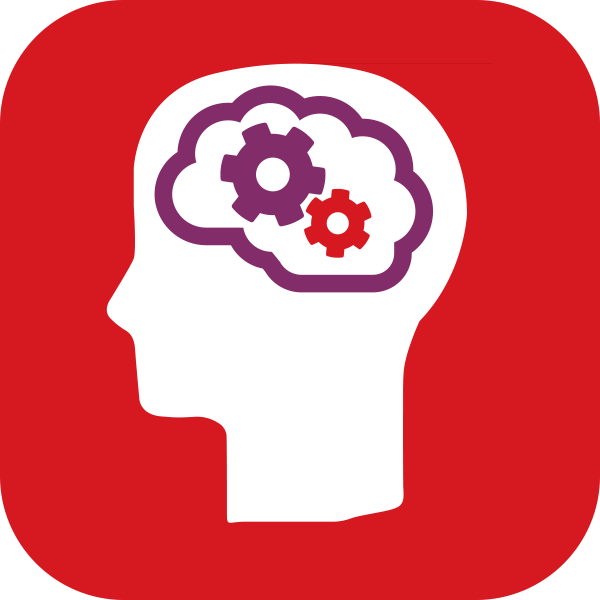“ ”

Click the above image to enlarge

Using CAT4 in the GL/FFT Transition Service
The GL/FFT Transition Service, provided via FFT Aspire, has allowed us to upload our CAT4 data to Aspire and produce FFT indicators, which has been very helpful throughout the last two years. It has meant that staff at different levels can interact with a familiar interface and target-setting process to ensure that students starting in Year 7 with limited information from any formal assessment can still be supported and challenged in a targeted and effective way.
The information from CAT4, as part of the Transition Service, has been invaluable – not just in terms of being able to continue to set clear, aspirational targets for all students, but it has also continued to help us identify where there might be gaps in students’ abilities which require additional intervention and support. Using the data from across the Trust and comparing different cohorts has enabled us to identify where we needed to target additional resource, or where larger gaps were emerging in terms of student potential and where there were significant differences to prior cohorts in the same setting. All of the data has been useful in presenting us with questions to consider, rather than giving us hard and fast solutions.
We look forward to being able to compare our Key Stage 2 SATs and CAT4 data in FFT Aspire this Autumn – the first time CAT4 and KS2 SATs data will be displayed on a single platform - so that we can continue to use our data in an intelligent and nuanced way. This will allow teaching staff access to a range of robust and accurate information when making decisions about student’s potential. We are looking closely at the need in some schools to use CAT4 again in Year 9 (which we have not done in recent years) to reassess the progress made since returning from the pandemic disruption and ensure that the targets set will genuinely stretch all of our students.
We would highly recommend ensuring that all staff understand what sits behind the data from CAT4 and provide appropriate training and support to all colleagues, so that they can use the data in an informed way. This, alongside the data provided from the Progress Test Series and internal assessments, will help to build a full picture of student potential and progress.
Ensuring that staff and students are not just presented with grades as targets that have been automatically generated is something we are passionate about, as target setting is only powerful if it is a process done collaboratively between students and their teachers and owned by all.
Swavesey Village College is one of our Centres of Assessment Excellence


